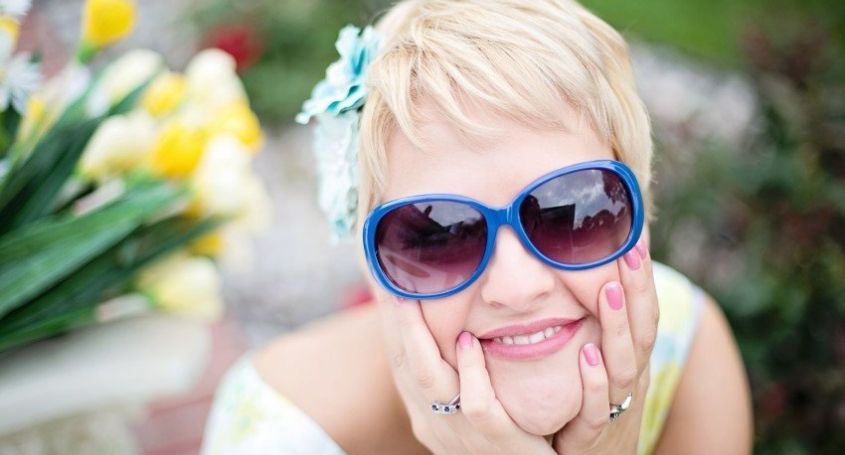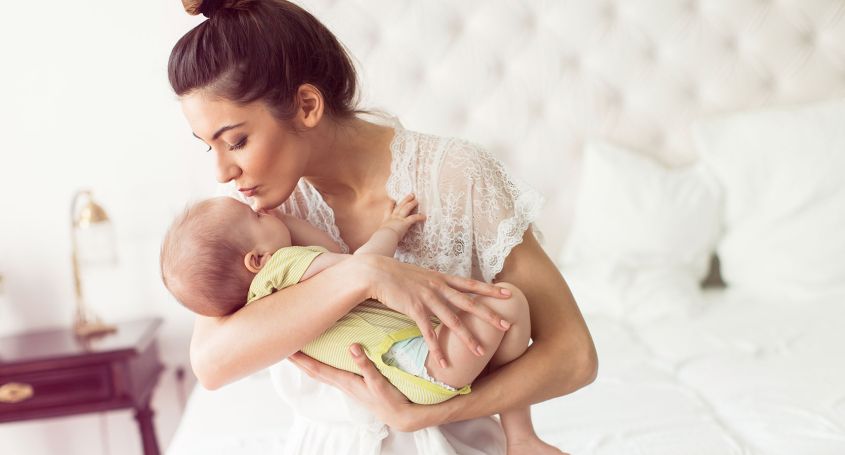Endometriosis is a benign disease that affects many patients during their reproductive life. We want to help you to better understand it. Within the following weeks we’re going to give answers to some of the questions that are more frequently asked by patients:
What’s endometriosis?
The endometriosis consists on the appearance and growing of endometrium tissue (the endometrium is the internal layer of the uterus, where the embryo implants) outside the uterus. It usually appears in the areas surrounding the uterus (ovaries, tubes, Douglas’ pouch, bowels or even on the bladder). Less frequently lungs or other parts of the body can show signs of endometriosis.
Why can endometriosis appear?
The reasons that may lead to an endometriosis are not deeply known. Nowadays there are some theories about why and how it appears. Some of them are:
- Retrograde menstruation: during the menstruation part of the endometrium tissue reaches the peritoneum through the tubes instead of being expelled with the period. According to this theory the viable endometrium tissue may implant on the ovaries responding to each cycle in the same way of the normal endometrium of the uterus, this is bleeding each month. This bleeding may cause pain and adhesions. However this situation may take place in many patients that are never going to develop an endometriosis, so it does not explain all the cases.
- The direct transformation of the peritoneum cells into endometrium cells throughout a process called metaplasia
- An immune abnormality that causes that cells that are only present in the endometrium are not considered as foreign cells
- Genetics: 6% of the patients that suffer from endometriosis have a first degree relative affected by the same disease, so some hereditary pattern has been suggested. Recently a gene has been related to an increased incidence of the disease.
- Endocrine: estrogens may foment the incidence of the disease
Why the endometriosis cysts are called “chocolate cysts”?
Because the coagulated blood that usually fills those cysts look like melted cholate.
How is endometriosis diagnosticated?
The diagnosis of the endometriosis is usually made on a routine exploration mainly by ultrasounds, though sometimes it shows up in a CT or a MRI. The only test that allows a definitive diagnosis is by carrying out a laparoscopy and biopsy of the tissue. However the surgical treatment of the endometriosis has not demonstrated any benefit on the fertility problems, therefore this procedure, which is invasive and requires a total anesthesia, is being progressively abandoned as a diagnostic procedure.
What symptoms can produce endometriosis?
The onset of the symptoms of the endometriosis is quite unpredictable. Sometimes patients with big cysts have almost no symptoms while in other cases with mild endometriosis have an invalidating process.
The most common symptom is pain, which is usually stronger during periods (dysmenorrhoea). Other symptoms are cycle irregularities, painful intercourse, intestinal disorders… and in some cases infertility.













